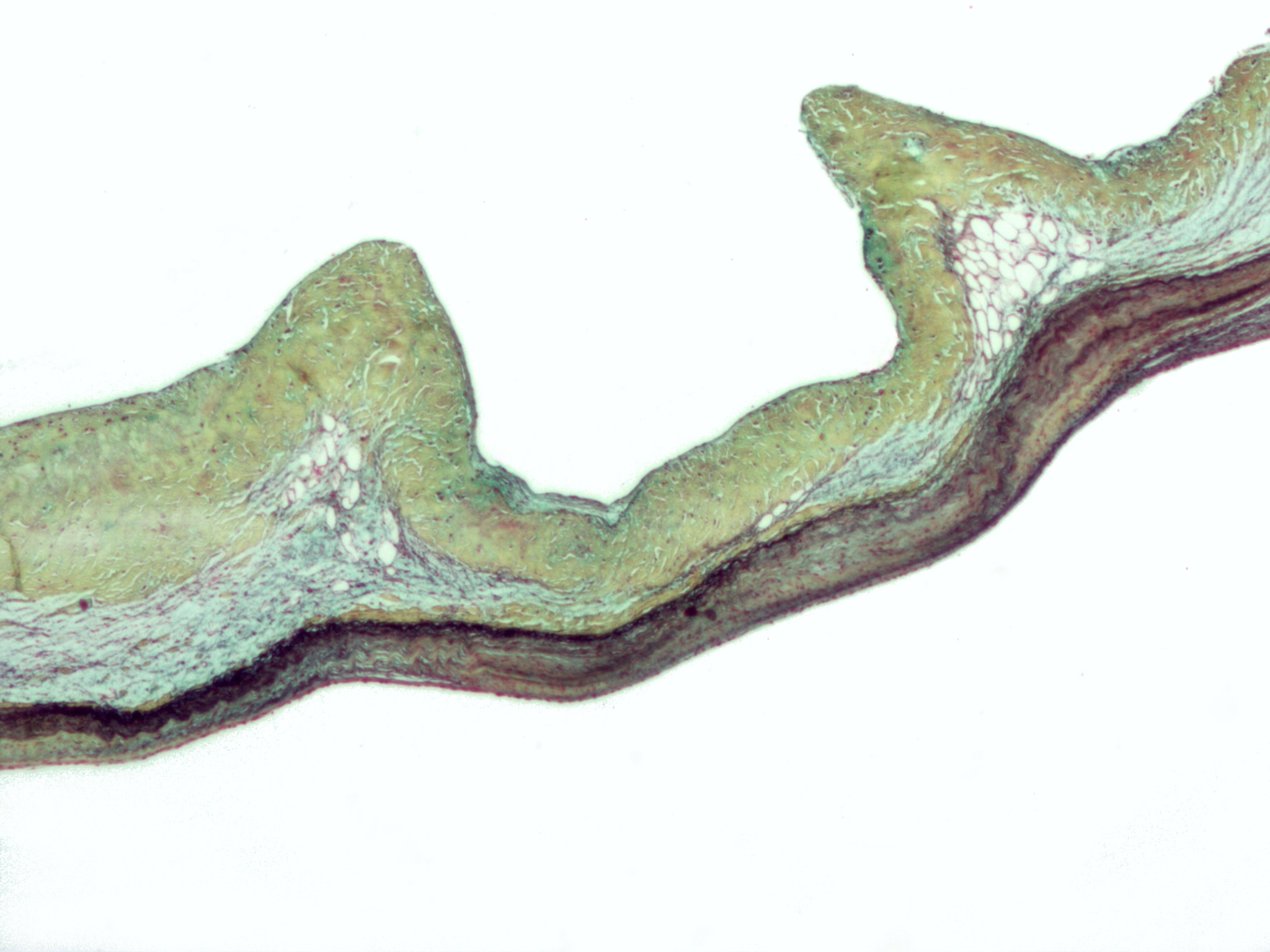|
Müller's Sign
Müller's sign is the pulsation or bobbing of the uvula that occurs during systole. It can be seen in patients with severe aortic insufficiency. Müller's sign is caused by an increased stroke volume. Müller's sign is named for Friedrich von Müller Friedrich von Müller (17 September 1858, Augsburg – 18 November 1941, Munich) was a German physician remembered for describing Müller's sign, and Leptospirosis. He was the son of the head of the medical department in the hospital in Augsbu ..., a German physician. References Symptoms and signs: Cardiac {{med-sign-stub ... [...More Info...] [...Related Items...] OR: [Wikipedia] [Google] [Baidu] |
Uvula
The uvula (: uvulas or uvulae), also known as the palatine uvula or staphyle, is a conic projection from the back edge of the middle of the soft palate, composed of connective tissue containing a number of racemose glands, and some muscular fibers. It also contains many serous glands, which produce thin saliva. It is only found in humans. Structure Muscle The muscular part of the uvula () shortens and broadens the uvula. This changes the contour of the posterior part of the soft palate. This change in contour allows the soft palate to adapt closely to the posterior pharyngeal wall to help close the nasopharynx during swallowing. Its muscles are controlled by the pharyngeal branch of the vagus nerve. Variation A bifid or bifurcated uvula is a split or cleft uvula. Newborns with cleft palate often also have a split uvula. The bifid uvula results from incomplete fusion of the palatine shelves but it is considered only a slight form of clefting. Bifid uvulas have les ... [...More Info...] [...Related Items...] OR: [Wikipedia] [Google] [Baidu] |
Systole (medicine)
Systole ( ) is the part of the cardiac cycle during which some chambers of the heart contract after refilling with blood. Its contrasting phase is diastole, the relaxed phase of the cardiac cycle when the chambers of the heart are refilling with blood. Etymology The term originates, via Neo-Latin, from Ancient Greek (''sustolē''), from (''sustéllein'' 'to contract'; from ''sun'' 'together' + ''stéllein'' 'to send'), and is similar to the use of the English term ''to squeeze''. Terminology, general explanation The mammalian heart has four chambers: the left atrium above the left ventricle (lighter pink, see graphic), which two are connected through the mitral (or bicuspid) valve; and the right atrium above the right ventricle (lighter blue), connected through the tricuspid valve. The atria are the receiving blood chambers for the circulation of blood and the ventricles are the discharging chambers. In late ventricular diastole, the atrial chambers contract and send ... [...More Info...] [...Related Items...] OR: [Wikipedia] [Google] [Baidu] |
Aortic Insufficiency
Aortic regurgitation (AR), also known as aortic insufficiency (AI), is the leaking of the aortic valve of the heart that causes blood to flow in the reverse direction during ventricular diastole, from the aorta into the left ventricle. As a consequence, the cardiac muscle is forced to work harder than normal. Signs and symptoms Symptoms of aortic regurgitation are similar to those of heart failure and include the following: * Dyspnea on exertion * Orthopnea * Paroxysmal nocturnal dyspnea * Palpitations * Angina pectoris * Cyanosis (in acute cases) Causes In terms of the cause of aortic regurgitation, is often due to the aortic root dilation ('' annuloaortic ectasia''), which is idiopathic in over 80% of cases, but otherwise may result from aging, syphilitic aortitis, osteogenesis imperfecta, aortic dissection, Behçet's disease, reactive arthritis and systemic hypertension.Chapter 1: Diseases of the Cardiovascular system > Section: Valvular Heart Disease in: Aortic root d ... [...More Info...] [...Related Items...] OR: [Wikipedia] [Google] [Baidu] |
Friedrich Von Müller
Friedrich von Müller (17 September 1858, Augsburg – 18 November 1941, Munich) was a German physician remembered for describing Müller's sign, and Leptospirosis. He was the son of the head of the medical department in the hospital in Augsburg. He studied natural sciences in Munich and medicine in Munich, under Carl von Voit, and Würzburg. He was awarded his doctorate in Munich in 1882, and became assistant to Carl Jakob Adolf Christian Gerhardt in Würzburg and later Berlin. He was Habilitation, habilitated in internal medicine in 1888 and became professor of clinical propaedeutics and laryngology in Bonn. He moved to Breslau in 1890, Marburg in 1892, and Basel in 1899, before returning to Munich in 1902. His approach to clinical teaching and how to improve medical education were widely recognised and influenced medical education in the UK and USA. In 1907 he became knight, 1911 Hofrat and 1913 Geheimrat in the Kingdom of Bavaria. 1933 he got the ''Adlerschild des Deutschen ... [...More Info...] [...Related Items...] OR: [Wikipedia] [Google] [Baidu] |

